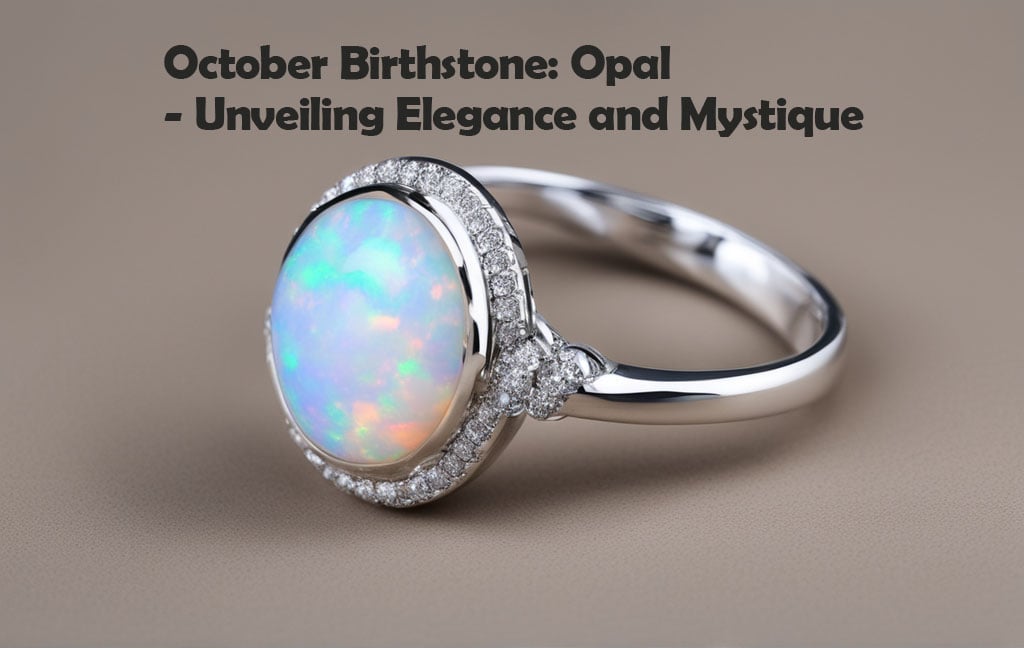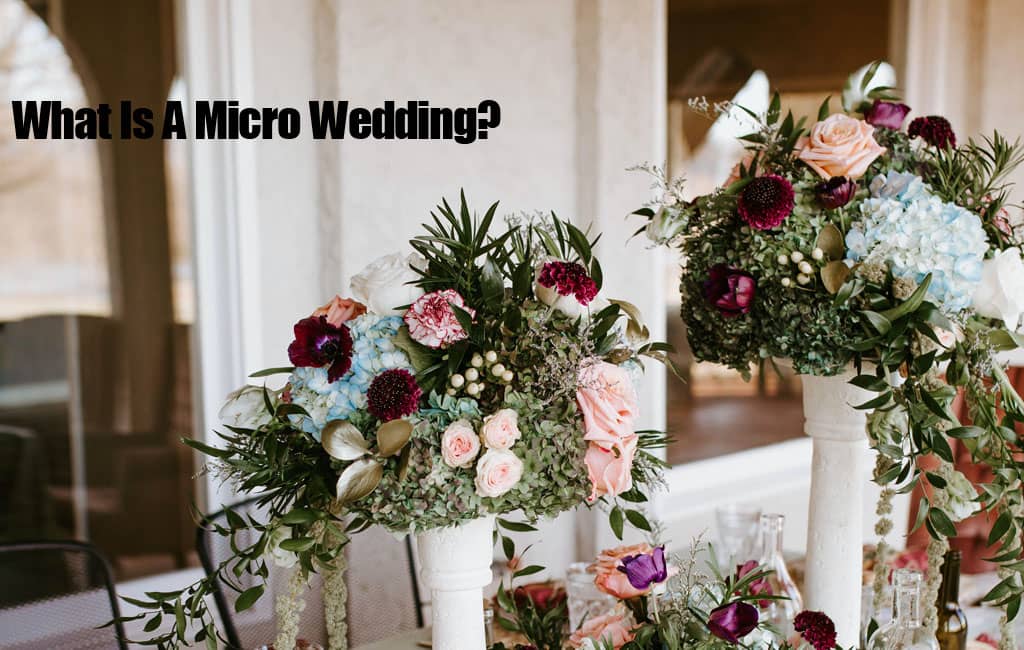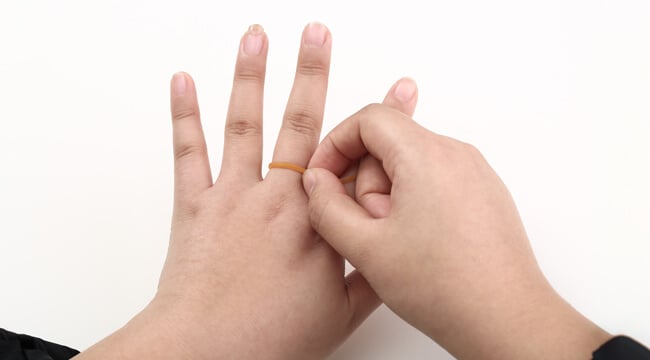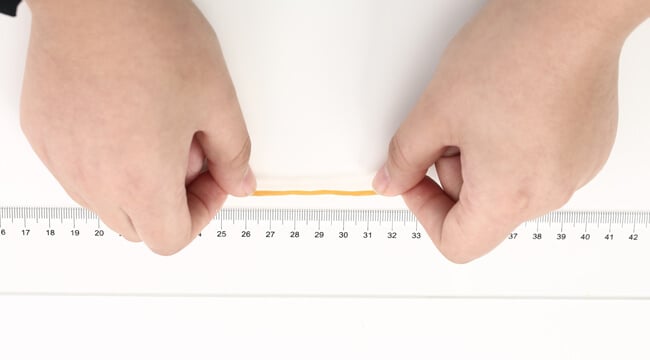Are you an October baby or know someone who is? Then prepare yourself for an enchanting experience! Opals, the gemstone associated with October, hold a world of beauty, mystery, and legend that’s waiting to be explored here! We will delve into their rich history, symbolism, types, allure, and other intriguing characteristics associated with them in this article.
What Is Opal?
Opal is an alluring gem renowned for its breathtaking display of colors. Created by silica spheres that reflect and diffract light to produce its rainbow-like iridescence, opal was recently recognized as October’s birthstone and can often be found incorporated into jewelry such as rings, necklaces, earrings, or bracelets.
Opals are exciting gemstones with many shades, such as white, black, blue, green, orange, and red. Opals are typically created using ancient fossilized materials derived from volcanic eruptions – making them not only visually striking but also historically significant gems in the gemstone realm.
The History and Symbolism of Opal
Opals have been revered for centuries, and their history is rich and storied. In Roman times, opals were considered a symbol of hope and purity. They were often associated with love and passion, making them highly sought after. In fact, the Romans called opals “opalus,” meaning “precious stone.”
During the Middle Ages, opals were thought to bring good luck, due to their display of gemstones’ vibrant hues. Some also considered them bad luck due to their mesmerizing play of colors which was linked with magic and witchcraft.
Opals have come to symbolize hope, purity, and truth throughout history and are now widely recognized for enhancing creative spirits and helping individuals express themselves authentically.
Opal Jewelry Care & Cleaning
Opals typically fall between 6.5 to 7 on the Mohs scale of mineral hardness, indicating their relative durability. However, as they are sensitive to extreme temperature changes it’s wise to avoid wearing your opal jewelry during activities that could expose it to physical damage such as sports or heavy lifting as this could crack it.
When not wearing your opal jewelry, store it in a soft pouch or jewelry box to protect it from scratches and dust. For optimal results, store opals separately from other jewelry pieces to reduce potential scratching issues.
Regular cleaning of an opal is key to its beauty. A soft damp cloth should be used to wipe over its surface for general maintenance purposes, and for deeper cleaning a mild soap and water solution should be mixed and scrubbed gently using a soft toothbrush, so as to not scratch its surface. Rinse well afterward with clean water before patting dry with another soft cloth.
Avoid ultrasonic and steam cleaning machines as these may damage delicate opals due to their sensitivity.
Sustainable Choice: Lab-grown Opals
Lab-grown opals (also referred to as synthetic or cultured opals) are artificial opals created in controlled laboratory settings rather than naturally forming within the Earth, with small spheres of silica placed regularly and precisely under controlled conditions arranged into regular patterns in order to replicate their captivating colors and visual appeal of natural opal gemstones. Lab-grown opals exhibit a vibrant play of colors with their silica spheres that produce their iridescence and color play!
Lab-grown opals offer many distinct advantages over natural ones, including their consistency. Scientists can design lab-grown opals with uniform color patterns that are typically free from imperfections found in natural ones; furthermore, scientists can manipulate and control how colors play across them, expanding the spectrum and effect even beyond what would otherwise be possible with natural opals.
On both ethical and environmental considerations, lab-grown opals are seen as a more responsible choice compared to mined opals as there is no mining process involved which may raise potential ethical concerns or have environmental ramifications.
Lab-grown opals offer another significant advantage over natural ones: affordability. Lab-grown pieces tend to be more budget-friendly, making them attractive choices for those seeking the beauty of opal without incurring a high price tag.
Lab-grown opals tend to be both more cost-effective and durable than their natural counterparts, which may be fragile. Their increased durability makes lab-grown opals suitable for use in various jewelry pieces.
Man-made gems have become an increasingly popular choice for individuals seeking the beauty of natural opal without its associated expense and fragility. Care and cleaning must be conducted regularly to preserve both appearance and longevity – just like natural opals!






